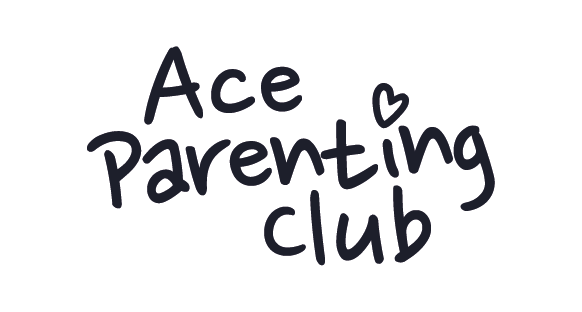As an Early Years educator, it became very clear to me that children needed more support with their speech and language skills. Many children weren’t meeting national age-related expectations, and after the Covid pandemic, this gap became even more apparent. Children needed extra help with vocabulary, sentence structure, holding conversations, and interacting with others. Communication and language skills begin developing even before birth—babies hear sounds and conversations from their parents in the womb. Newborns start communicating with cries, and as they grow, they make more sounds and begin to form words. Here are five ways you can support your baby’s communication and language development from birth.
1. Narrate Your Daily Activities
What do you talk to a baby about? As a first-time mum, I was unsure of what to say, but being someone who enjoys talking (just ask my husband!), I found it easy to keep up a constant narrative of our daily life. Whether I was making a coffee or listing tasks for the day, I would explain what I was doing. Even during car journeys, I would talk to them about what we were passing by or where we were headed. I still do this now that they’re older, but I’m more mindful of the vocabulary I use. For example, instead of always saying “big,” I might say “huge,” “enormous,” or “giant” to introduce a wider range of words.

2. Make Eye Contact
A huge part of communication is non-verbal, especially body language—and eye contact plays a significant role. I noticed in schools that some children struggled with making eye contact, which can cause confusion or frustration as you might not be sure who they are talking to or if they are listening. When possible, try to make eye contact with your baby or child when you speak to them. This doesn’t mean holding uncomfortable, unblinking stares, but rather simply ensuring that they can see you when you talk. This models good communication and helps them develop better social skills.

3. Active Listening
Active listening is essential for fostering communication. This involves showing your child that you are fully engaged in what they’re saying. One way to demonstrate this is by repeating back what they said in a simplified or corrected manner. For example:
- Child: “I eated a nana.”
- Adult: “You ate a banana! Did you enjoy it?”
This reinforces the correct language and helps your child feel heard, all while supporting their sentence structure and vocabulary.

4. Conversations During Mealtimes
Mealtimes are more than just a chance to eat; they’re also an opportunity for meaningful conversation. By sitting together and eating, you can model good table manners, such as using cutlery properly and sitting at the table. It’s also a great time to share stories about your day, discuss any challenges, and talk about what’s coming up. This teaches your child about turn-taking in conversations, so they understand the importance of listening while someone else is speaking. If they’ve been in childcare and you’ve been at work, it’s a great way to catch up and help them feel included in family plans.

5. Talk About Your Child’s Needs or Wants
Children, especially younger ones, often resort to crying or screaming to express their emotions because their brains are still developing the connections necessary for self-regulation. By narrating their feelings, you can help them better understand and communicate their emotions. For example:
- Adult: “I can see you’re frustrated because the plate is blue and not green. That’s okay to feel upset about! The green plate is in the dishwasher, but we can use it another time.”
This approach helps your child identify and process their emotions while supporting their language development.
Our Final Thoughts
These tips can be used from birth and will continue to be valuable as your child grows older. Encouraging good communication skills is an essential life skill, one that impacts many areas of development—especially when it comes to expressing emotions and needs. By incorporating these simple strategies into your daily routines, you’ll help create an environment where open communication thrives, benefiting your entire family.


